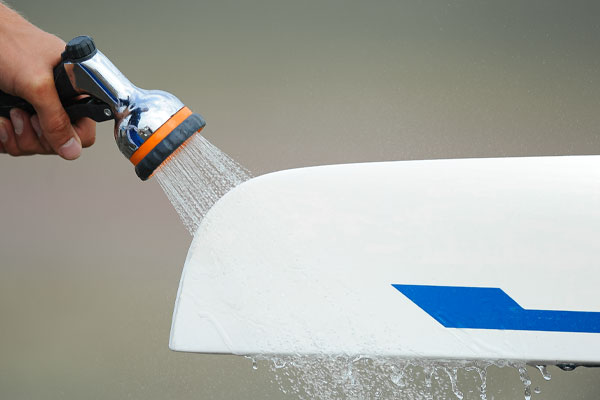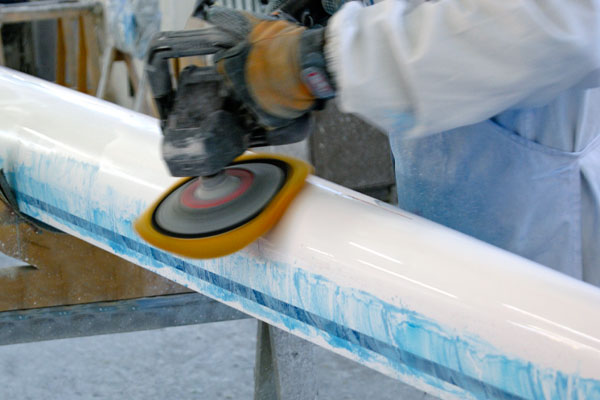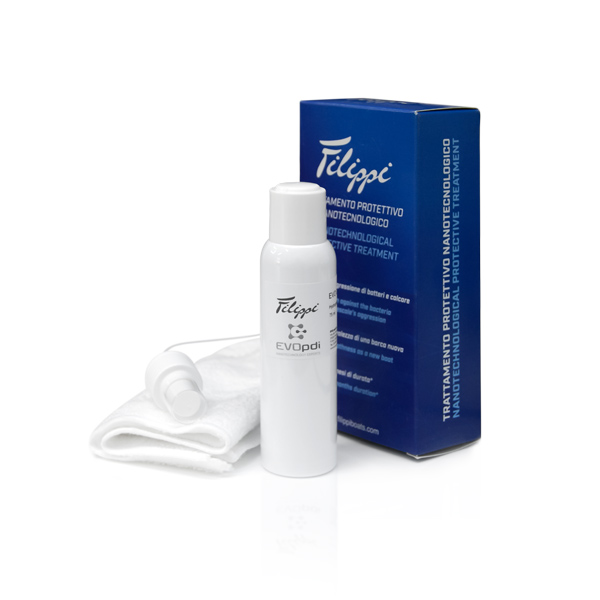Special maintenance
The special maintenance of a rowing boat has raised a huge debate on dedicated media mainly because of covid pandemic, which forced our rowers to a reduce use of a multiple seat boat probably left for months into the clubs sheds. Such kind of services give the opportunity to show the green direction taken by our company that aiming at the environmental sustainibility is testing a lot of products available to the customer soon to support the performance of their own boats, avoiding to pollute the amazing landscape of our rowing spots. At the same time there is a regular maintenance of which we go to analyse problems and the most useful solutions for an efficient hull.
How to treat your brand new boat
When it comes to brand new boats we suggest to wash the shell with fresh water, better if using a soft sponge would be better. In case of dirty grease (if you are authorized to empty in a sewer), add neutral soap. It needs special attention, if you row in salt water or brackish. In this case you need to clean rails and seat wheels, washing both with fresh water and a wet rag. The same operations are recommended for any metal parts including bolts and revolving stretcher system. Please avoid lubricatings, that for example can deteriorate on seat wheels their plastic casing. Lubricatings might also cause a sliding (instead of rolling) of the wheels and therefore an unfavorable friction for the rowing action.
Metal parts: About the metallic parts of the boat and in particular the bolts, in case they would put in contact with aggressive agents as lubricatings,they could lose their resistance to the corrosion of 316 stainless steel that they are made in. An adhesive grease, or marine anyway able to resist to the galvanic corrosion would be suggested. To be suggested also a washing with fresh water and a wet rag, while dealing with riggers. Don’t forget to put grease on the oarlock pins at regular intervals.

Extend the life of your boat
If the boat turn slightly to yellow during the years or it shows considerable deposit of limescale, using fresh water with a dump cloth isn’t enough anymore. We strongly suggest to pay attention to that beforehand. If it happens, we have to proceed by the following steps: 1) Disassembly the metallic parts of the boat and putting them in a grease solution into a can. 2) Take apart also shoes,stretchers,rails, rudder’s rope and riggers. 3) After that, apply an anti-limescale -usually diluted hydrochloric acid- to the whole surface of the hull, protecting the ground under the boat with some cardboard or paper towels. 4) Leave it at least 20 minutes before cleaning with paper towel, then wash with fresh water.
If the result wouldn’t be satisfaying yet, repeat the operation. Otherwise if we didn’t get the original shininess, a more drastic solution is needed. The paint we have been using for over 40 years is produced by PPG, a multinational company. This guarantees that the boat will recover its original shininess by a simple professional polishing. The thickness of the paint, even minimal, in order to optimize the weight of the boat,allows to make more polishings during its “life”. If you aren’t professionals, we suggest you to contact a body shop mechanic or to the club’s boatman. If you make it by yourselves in case of damage, you will be able to make a touch up buying white colour polyacriclic 2k base by Ppg. As you know a boat without polishing, and therefore a mirror surface shows ridges that increase the friction in the water (reducing the speed of the boat).
Metal parts: it could be better to replace the parts of the boats subject to wear (bolts,rails,seat wheels). In case of long storage with use in salt water we suggest to disassembly the fastners (bolts for examble) with fresh water, soap and rinse them. When there are combinations of different material (stainless steel and aluminium for example), we suggest the use of Teflon gel able to create an insulating barrier that prevents the galvanic corrosion.

The Filippi’s green challenge has begun
What is new in terms of green. Cleaning of your boats arrive directly from nanotechnology. Test made trough customers and dealers,confirmed the validity of hydrophilic treatment of hull’s surfaces with a solution based on amorphous phosphate titanium . This treatment creates an slight coating (like a water veil by using the product) which will become in the time protective, thanks to the high resistance to scratch and corrosive substances like seaweed and brackish, You get a film that for at least six month from the treatment ( to be made once after a washing with demineralised water) protects the shell from bacterias and lifescale without reducing its speed in the water. During this time frame it’s enough wash to rinse the boat after each practice. For this purpose Filippi is testing a range of a products for the cleaning and hygiene of the boat that will be part of a kit we will promote soon on our social media and on the venues attended by our boat regatta service.

Do you want to know when the cleaning kit will be available?
Fill out the form to receive updates on the cleaning kit and when it will be available:
